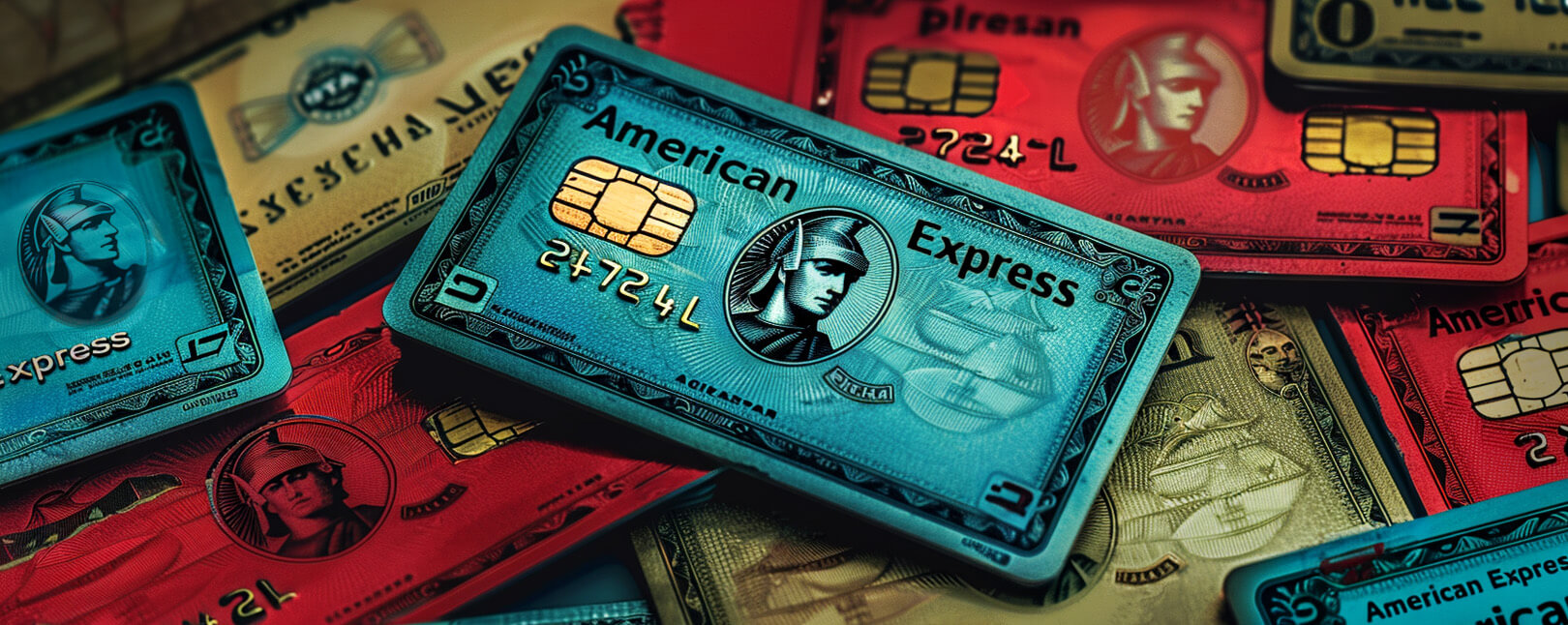How to Reduce Your Risk of Receiving Dropshipping Chargebacks
Dropshipping is an order fulfillment method that allows online merchants to operate without the costs and concerns of managing inventory.
The global dropshipping market was projected at $128 billion in 2020, and experts suggest the market could grow over 30% by 2026. So, obviously, this business model works for a lot of sellers. As eCommerce continues to grow, and mass suppliers like AliExpress offer an increasing array of products, the future seems bright for dropshipping.
Learn more about dropshippingBut, if that’s true, then why do some merchants struggle to turn a profit after dipping into dropshipping or connective eCommerce?
There are a few common risk factors to consider that can easily sap your profitability. Limited supply chain control, fraud, and dropshipping chargebacks can all cause problems and negatively impact your business.
In this post, we’ll take a look at some of the leading threats to your dropshipping revenue, and see what you can do to protect your business.
Recommended reading
- Bank of America Disputes: Here's What You Need to Know
- Wells Fargo Disputes: Chargeback Rules & Things to Know
- 10 Tips to Stop DoorDash Chargebacks Before They Happen
- American Express Chargebacks: Rules & Time Limits & More
- Stripe Chargeback Guide: Time Limits & Other Info You Need
- What is a Bank Chargeback? What Makes Them Different?
How Does Dropshipping Work?
Let’s start with a quick refresh of how dropshipping actually works.
First, you set up an eCommerce site, and contract with a supplier. After the buyer makes a purchase, you pass their information along to the supplier, who ships the goods direct to the consumer.
The benefits of dropshipping should be obvious. It requires little- to no-upfront investment and no inventory management costs. You don’t need to worry about a warehouse stuffed with unwanted products. Your supplier handles the heavy lifting of the shipping and delivery process.
But, if the supplier is doing all the work of getting items to the customer, what is the dropshipper’s role? In a word: marketing.
Dropshipping is about selling. Your role is to get the word out, and get consumers interested in the product. You build an enticing storefront, promote goods on social media, and create quality content that draws people to your site and converts them to buyers.
Risks Associated with Dropshipping
Going into business as a dropshipper seems to offer a lot of advantages with few downsides…at least at first glance. Before we tackle dropshipping chargebacks, there are a few things you should know about.
Communication problems? Supply chain gaps? These are all risk factors commonly associated with fraud and chargebacks.
Of course, all online merchants are at risk of fraudulent credit card transactions and occasional errors. So, let’s take a closer look at how bad actors can threaten your dropshipping business specifically.
Fraud & Chargebacks: The Big Risk Facing Dropshippers
Chargebacks happen when the customer’s bank forces a refund by taking transaction costs from your account and returning them to the customer.
A cardholder has the option to file a chargeback if a transaction resulted from unauthorized use of that person’s credit card. A customer can also file a chargeback if they received the wrong item, or if an item was delivered late or was damaged upon delivery.
Ready to drop the chargeback rate on your dropshipping business? We can show you how.

The buyer might file a chargeback due to non-delivery, if they receive counterfeit goods, or if they feel they were misled by your advertising. Of course, identity theft or stolen card fraud could also be to blame. With no way of physically checking the actual card used in an online transaction, validating the true identity of the purchaser can be tricky.
The dropshipping business model is especially vulnerable to fraud and chargebacks. You have little to no control over when and how a product reaches a customer, so it’s not uncommon for problems to come up.
Although it’s an effective sales model, the “hands-off” approach of dropshipping is likely to cause more chargebacks. Some of these will be tied to mistakes outside your control. However, the majority of disputes will be the result of either criminal fraud or friendly fraud. In the next sections, we’ll see why these dropshipping chargebacks happen, and how to prevent them.
Dropshipping Chargebacks & Criminal Fraud
As the name implies, criminal fraud applies to any situation in which a crook uses stolen credentials to make unauthorized purchases. They may get the information from stealing a physical card, hijacking a customer account, or by purchasing breached data from the dark web.
Fraudsters don’t necessarily target dropshippers. They’re generally more attracted by the products you sell (easy-to-move luxury items are obviously more desirable). You’re at higher risk as a dropshipper, though, because much of the process happens without your direct input.
Also, like we suggested earlier, dropshipping is a method often used by newer, less experienced sellers. Fraudsters know that “newbies” are less likely to recognize dropshipping fraud signs before it’s too late.
Dropshipping Chargebacks & Friendly Fraud
“Friendly fraud” covers any chargeback filed without a valid reason.
Friendly fraud can happen unintentionally, with no malicious intent. It can be that the customer doesn’t remember the purchase, or doesn’t recognize the merchant name on their monthly card statement. It might even be the case that they call the bank looking for additional information, and the bank initiates a chargeback without their knowledge.
There is also intentional friendly fraud (sometimes referred to as “chargeback fraud” or “cyber shoplifting”). This happens when the cardholder places an order using valid payment card information, then calls the bank, saying the item never arrived, or was different from what was ordered. The bank issues a chargeback, letting the cardholder recover their money and keep the goods.
Intentional or by accident, you end up losing the merchandise and the payment price, plus shipping and chargeback fees. This is even worse when you recognize that friendly fraud makes up the vast majority of all chargebacks.
Top 5 Tips to Prevent Dropshipping Chargebacks
There’s a lot at stake here. It’s crucial that you take all possible steps to prevent dropshipping chargebacks. While chargeback prevention can be a complex process, here are five basic practices that should be part of your strategy.
Tip #1 | Up Your Customer Service Game
Many customers who file chargebacks do, in fact, try to contact the merchant first. The problem is, most of these callers hang-up before getting directed to a live person.
You should answer the phone—the old fashioned way—in 3 rings or less. Likewise, aim to respond to any contact across any channel within an hour. This includes email, social media, and chat.
Tip #2 | Be Easy to Reach
If customers feel contacting you is easier than filing a chargeback, they’ll be more inclined to take that option. With dropshipping, you are the only contact the buyer has. Go out of your way to let customers know the best ways to contact you by publishing your contact information across social media and on every page of your site.
Tip #3 | Remind Customers of Your Value
“Buyer’s remorse” is the act of rethinking a purchase after the fact. It’s a common trigger for chargebacks. To help prevent this, remind customers of why a particular purchase was originally made by clarifying the value your goods or services bring to the table.
Provide honest, detailed information on all products and services. Also, give photos and videos showcasing the product from multiple angles and perspectives. This will also ensure that buyers have reasonable expectations of what they’re buying ahead of time.
Tip #4 | Watch for Suspicious Transactions
You should constantly be on the lookout for any red flags that could mark suspicious activity. Examples would include rushed or random orders, shipping addresses that don’t match the billing information, customers who seem reluctant to give personal information, or anything that seems out of the ordinary.
These types of customer behaviors don’t inherently indicate fraud. If something seems wrong, though, it’s best to take a closer look.
Tip #5 | Fight Friendly Fraud Chargebacks
You can’t always “prevent” friendly fraud. However, you can fight back through a process called representment.
Representment lets you recover revenue that would otherwise be lost. It also clears your name of wrongdoing, and helps retrain customer expectations and behaviors, making cardholders less likely to abuse chargebacks in the future.
Individual Tactics Only Go So Far
The best way to reduce chargebacks in your dropshipping business is to prevent them from happening in the first place. The tips above are not only good for dropshippers, though. These best practices could benefit all eCommerce merchants.
No single tactic can guarantee comprehensive prevention in every situation. That said, you can create a customized plan that deploys a strategic combination of tools and tactics to prevent fraud and chargebacks. This means adopting multilayer fraud prevention, regularly reviewing policies and procedures according to customer service best practices, and engaging in tactical representment against friendly fraud.
At the end of the day, you have to develop a dynamic strategy customized to your business’s unique needs. This is the only way to protect your profits and your long-term success in the dropshipping game.










